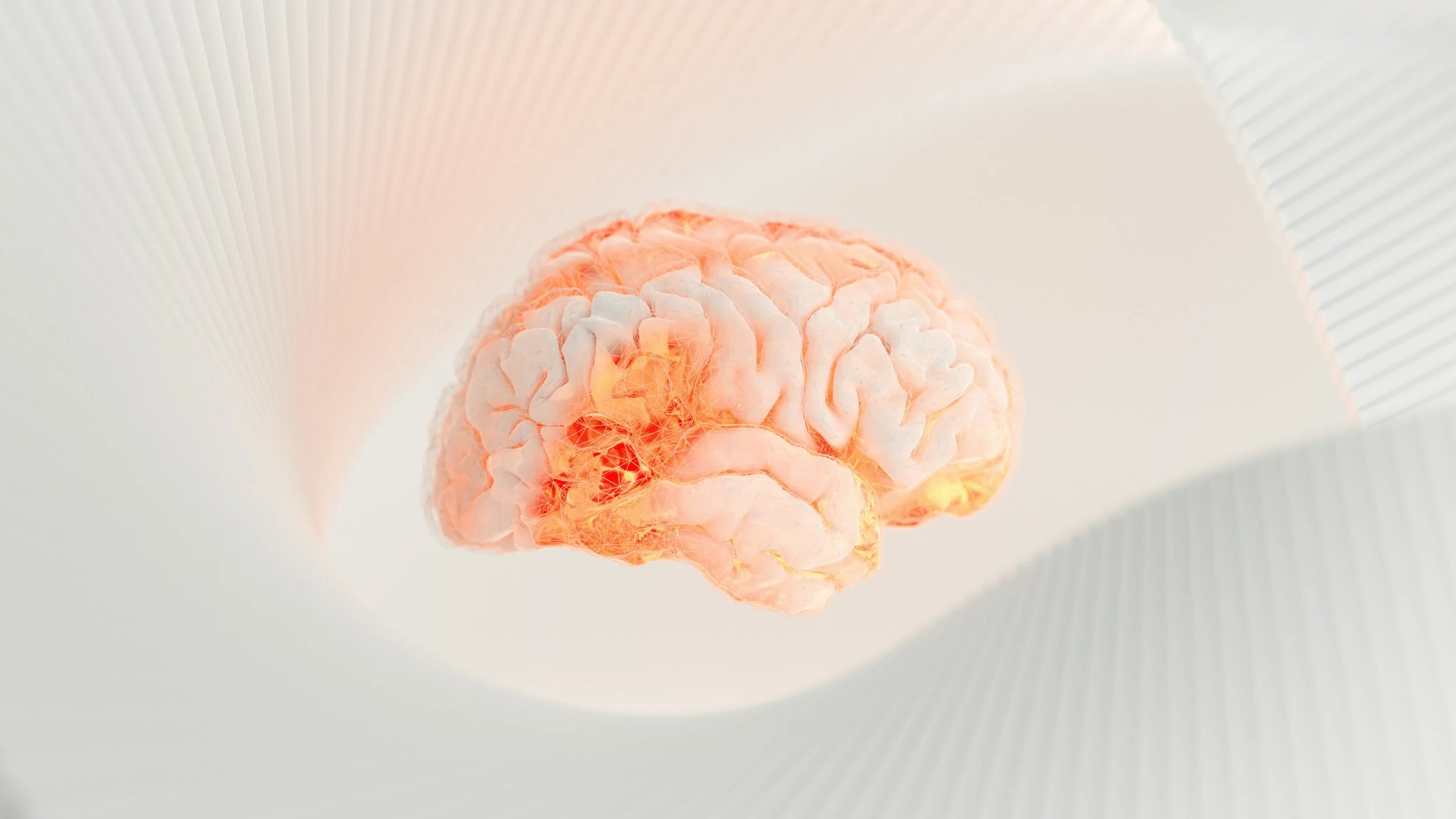Anxiety
Understanding
Anxiety
Anxiety is a common condition characterised by feelings of worry, nervousness, or fear that can be mild or severe. It often manifests physically through symptoms such as increased heart rate, nausea, sweating, and trembling and can lead to panic attacks.
Anxiety is a natural and healthy response to a threatening situation. It gives a heightened state of awareness, a readiness to act. The heart beats faster, oxygenating the blood and tensing the muscles in readiness to fight or flee.
Our nervous systems are designed to deal with anxiety, activating a stress response when a threat is detected and then returning to a state of relaxation when the threat has passed.
Anxiety becomes a disorder when we lose or lessen our ability to regain a state of relaxation. This loss is due to a change in the nature of the threats that we are exposed to. Our nervous systems evolved with us over hundreds of millions of years and have not had time to acclimatise to our way of living. For many of us, the threats that we face are predominantly emotional and psychological rather than physical. They are sustained for long periods, rather than quick flashes, and our nervous systems struggle to regulate.
When our nervous systems become dysregulated, they communicate this to us in a variety of ways. If we are able to recognise these cues and take steps to process and release the stress, trauma, or behavioural habits that are dysregulating us, then we are able to find a healthy balance. It is when we miss, or misinterpret, the cues from our nervous system, telling us to regulate, that we create the feedback loops that are the root causes of many of the chronic symptoms, conditions, and syndromes that we face today.
Understanding Neuroplastic Pain
Anxiety is a fundamental part of neuroplastic pain. It is the nervous system informing us that something is not safe. The nervous system always communicates in a language of sensation; heaviness in the stomach, tingles up the spine, prickling on the back of the neck etc. Sometimes the nervous system perceives a threat that is not there, causing these sensations to give us a ‘false alarm’.
It is not just external threats that the nervous system warns us of, pain is the alarm for bodily damage. Sometimes the nervous system gives us a ‘false alarm’ here too, which is neuroplastic pain. Neuroplastic means ‘learned by the nervous system’.
When neuroplastic pain becomes chronic, the nervous system becomes hyper-alert to perceived threats, creating a feedback loop of anxious thoughts and physical symptoms.
Although anxiety is not neuroplastic pain, chronic anxiety is an excellent example of a neuroplastic condition as it is a habit of the nervous system.
The Path to Recovery
Pain Reprocessing Therapy (PRT) can effectively treat anxiety as the treatment is targeted at the feeling of being unsafe, which is at the root of many chronic symptoms. Some of the elements used in the treatment are:
Education: Understanding the neuroplastic nature of anxiety.
Reappraisal: Reducing the fear of anxiety.
Mindfulness and Relaxation Techniques: Calming the nervous system and learning to regulate.
Cognitive Behavioral Techniques: Targeting the brain’s learned patterns of anxiety and fear.
Gradual Exposure: Encouraging normal activities to retrain the brain.
WHAT MY CLIENTS ARE SAYING“I had been struggling for many years. The PRT sessions I had were deeply transformative. Joseph holds an incredibly safe, authentic, caring, and kind space. The speed of transformation has been incredible.”
- Cilla
Book a free call
Book a free initial 20 minute consultation to see how I can best support you.





